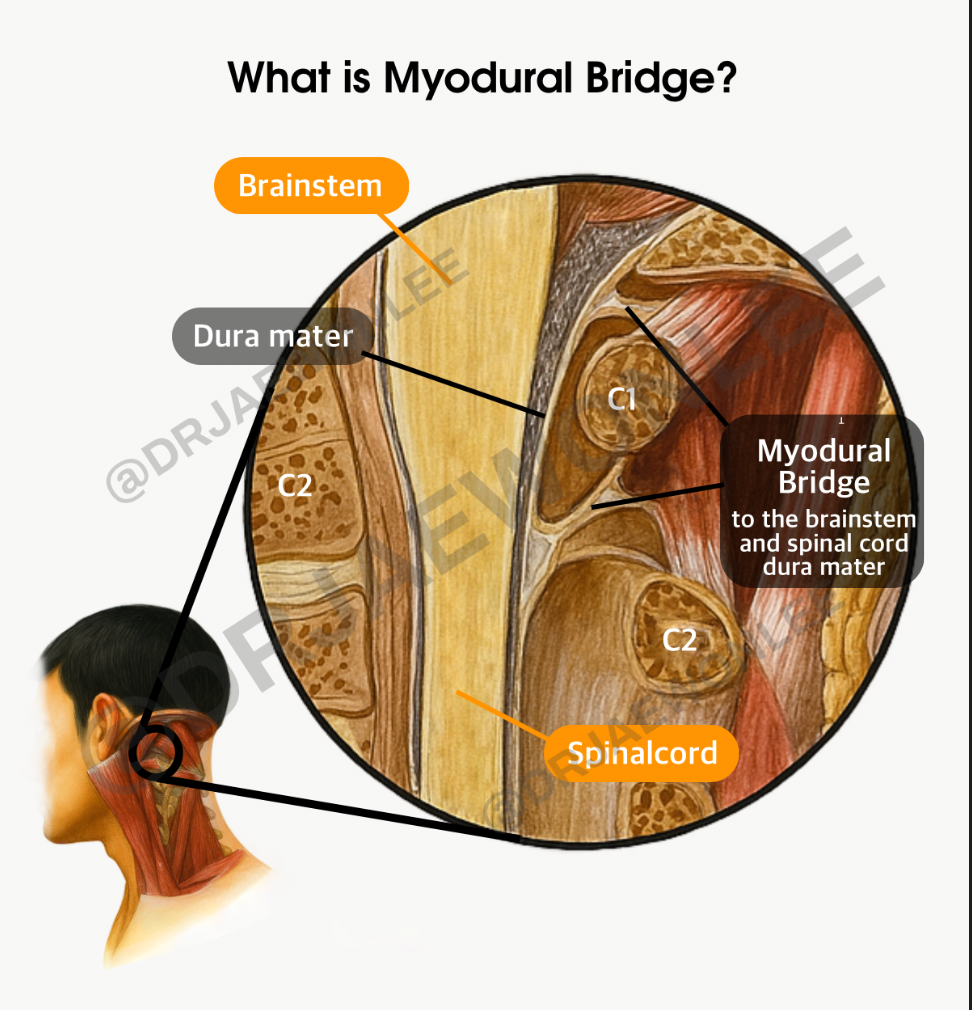Cervicogenic Headaches: How the Upper Cervical Spine Plays a Critical Role
- New York UCC

- Sep 11
- 3 min read
Headaches are among the most common health complaints, but not all headaches begin in the head itself. Cervicogenic headaches are caused by dysfunction in the upper cervical spine (C0–C1–C2), the top of the neck where the brain and body connect.
This delicate region protects the brainstem, regulates blood and cerebrospinal fluid (CSF) flow, and serves as a crossroads for major nerves. When this area is misaligned, it can interfere with brain-body communication and trigger debilitating headaches.
Why the Upper Cervical Spine Matters
The cranio-cervical junction is a small but powerful area. It surrounds and protects the brainstem, one of the most vital control centers for balance, posture, pain perception, and autonomic function.
Key structures include:
Cervical nerves – carry signals between the neck and brain.
Trigeminal nerve – pathways that connect neck irritation to facial and head pain.
Occipital nerves – often irritated in cervicogenic headaches, leading to pain that radiates from the back of the skull.
Vagus nerve & spinal accessory nerve – influence autonomic balance, digestion, breathing, and posture.
Blood vessels and CSF flow – affected by misalignment, potentially altering circulation and pressure dynamics.
When the joints of the atlas (C1) and axis (C2) shift even slightly, they can place stress on these neurological and vascular systems, leading to symptoms beyond the neck itself.
Symptoms of Cervicogenic Headaches
Cervicogenic headaches can mimic migraines or tension headaches, which is why they are often overlooked or misdiagnosed. Common symptoms include:
Headache starting in the neck and radiating to the head
One-sided head pain (though it may spread)
Neck stiffness or restricted range of motion
Pain triggered by certain neck positions or posture
Dizziness, balance issues, or visual disturbances
Associated jaw or TMJ discomfort
Because the upper cervical spine influences both nerve and blood flow, these headaches can also be accompanied by fatigue, brain fog, and tension in the shoulders or face.

How Upper Cervical Care Helps
Upper cervical chiropractic care is different from general spinal manipulation. It is:
Gentle – no twisting, cracking, or forceful movements.
Precise – guided by advanced imaging to target the exact misalignment.
Focused – designed to restore balance at the cranio-cervical junction.
By correcting misalignments in this region, upper cervical care can:
Reduce mechanical stress on joints, nerves, and muscles
Improve blood flow and CSF circulation around the brain and spinal cord
Restore proper signaling between the brain and body
Patients often notice not only reduced headache frequency and intensity, but also improvements in posture, energy, and overall neurological function.
Cervicogenic Headaches and Upper Cervical Spine
Cervicogenic Headaches and Upper Cervical Spine health are deeply connected. When the top of the neck is misaligned, it can interfere with nerve flow, restrict blood circulation, and disrupt the delicate brain-body communication pathways. Over time, this structural stress may contribute not only to headaches but also to issues like dizziness, fatigue, and postural imbalance.
Take the Next Step
If you’ve been living with recurring headaches that don’t respond to medication, it’s time to consider a different approach. At New York Upper Cervical Chiropractic, I specialize in evaluating the craniocervical junction with advanced scans and X-rays to determine if a misalignment may be contributing to your headaches.
Don’t just mask the symptoms—correct the cause. Call today to schedule your complimentary first visit and discover if upper cervical care is right for you.
📍 505 Northern Blvd, Ste 309, Great Neck, NY 11021
📲 516) 969-3330




